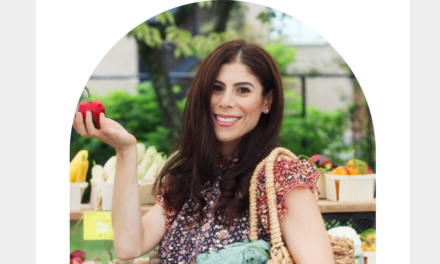Today, I want to talk to you about Instagram dogs (#dogstagram). “But this is the global content issue,” you’ll say. You’re right; it is. But what is more globally beloved than pets on social media? “Nothing” is the only acceptable answer.
If you were to steal my phone and open the Instagram app, you would be bombarded with cute dogs—mostly Australian cattle dogs, because I’m just not that into bulldogs—and cats. Honestly, it’s rare that I even bother with my friends’ accounts. Their kids are cute, but they can’t really compete with a husky sleeping in a hammock in the middle of the most beautiful countryside you’ve ever seen. My personal feed is just one picture after another of my bat-eared cattle dog mix and my ancient, doddering cat.
So far, no one seems to want to pay Maybelle or Jerry for their Instagram endorsements. I guess my 149 followers just can’t live up to @tibbythecorgi’s more than 230,000 or @toby_littledude’s 156,000 or so followers. It seems when you branch out from just one pet and embrace an idea, such as @campingwithdogs—one of my personal favorites—you can easily break the 500,000 followers mark.
Using cute animals in advertising is nothing new. If you grew up in the 1980s, you almost certainly knew Morris the Cat. But using cats to sell cat food is the obvious choice. Using dogs to sell cars and insurance seems less obvious, but it’s practically the norm. We’ve all seen that family of golden retrievers driving the Subaru, or watched Green Bay Packers’ quarterback Aaron Rodgers get shown up by Jumpy the dog in a State Farm commercial. So why do so many big brands rely on animals—whether it’s on TV or on Instagram—to help sell their products?
“Everyone loves a good puppy account—they’re adorable! But they’re also universally brand friendly—so it makes sense that advertisers all over the world love working with them,” says Richard Wong, VP of marketing and creator relations at #paid, an influencer marketing platform that specializes in matching influencers—including pets—with brands. “As a consumer, it’s easy to adore and engage with animal accounts. They typically don’t share political views or anything controversial, so brands feel safe partnering with them. Likewise, audiences like engaging with animals because they’re a fun break from the typical content in their feed and provide a source of relatable, carefree entertainment.”
To put it in layman’s terms, if you’re selling cars and you have to choose between a shiba inu and Kanye West as your influencer partner, pick the dog. The pup will never go on a Twitter rant about slavery (or whatever Kanye rants about between now and print) and offend half the free world.
But let’s be honest, not every country is as animal-crazed as the U.S. “In any marketing strategy, you have to consider the culture and customs of the geographic area you’re targeting before you start to flesh out what that type of plan might look like,” says Wong. “While animals may generally sound like a safe bet, it’s always a best practice to do your research before suggesting an influencer for a campaign that may not be a cultural fit—animals included.”
In other words, just like with any other advertising campaign, you have to make sure you’re localizing your influencer content—even when it comes to choosing furry (or feathered) influencers to partner with. Are you aiming for a market in which street dogs are considered a scourge? Maybe you shouldn’t hire Jumpy as your spokesperson. Are you trying to break into a market where cats are revered? Then Grumpy Cat could be your best bet. But this has implications beyond social media. If you’re Exxon, your tiger mascot might not go over well in places where tigers still present a real and present danger to locals. (Tigers are terrifying, you guys. Look it up.) I would bet good money that someone, somewhere with a fear of reptiles has refused to buy insurance from Geico because of that gecko.
None of this is meant to scare you away from animal influencers. There will always be people like me who will buy almost anything if there is a woman and her loyal dog in the ad. Just remember, on the web, you have to think about global audiences at all times—especially on social media where your content has the potential to be shared across borders and cultures.






